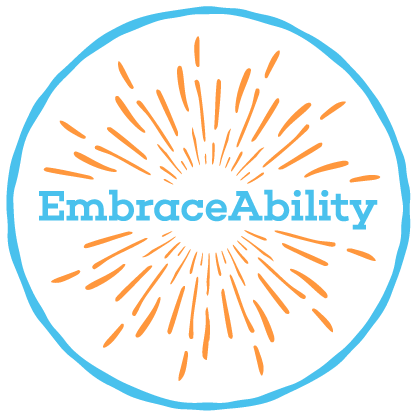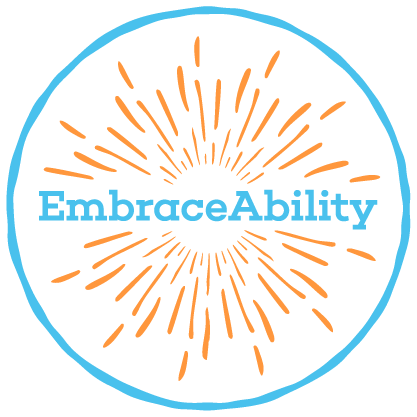EmbraceAbility's fresh approach to visual communication
In 2022 EmbraceAbility will be embracing a new approach to visual communications. Over the next few weeks, we will be introducing you to the four characters to social media: Samphy, Reasmey, Champei and Bopha. The characters are representative of disability, carers and staff at EmbraceAbility who will now be leading the way and keeping you up to date with our projects. We are looking forward to introducing you to the characters and sharing their stories with you.
Why are we changing to illustration visuals?
Over the past few decades the development sector has used “poverty porn” as a tactic to levy donations. Since Band Aid in 1984, non-profit organisations have faced scrutiny about approaches that raise awareness and money, but do not invite the public to question why poverty exists in the first place.
Since the inception of EmbraceAbility we have wanted to communicate to our donors, funders and the public why disabled children face barriers to education, healthcare and rights. Our fundraising vision wasn’t just to get as many £5 in the bucket as possible, but rather to trust the public with the knowledge and nuance of what long term work needs to be done.
The issue of consent is key across the photographic community. But in the non-profit sector photography presents a set of unique challenges because of the complexity of the subject/photographer relationship.
According to new research from Save the Children (2019), while most beneficiaries understand why charities use images in their fundraising materials that depict them suffering, they would prefer not to be depicted exclusively in that way. In some countries listed in the report however, people had only a limited understanding of why the charity wanted to film or photograph them and how their images and stories would be used. The power dynamic between the charity and the beneficiaries who may feel expected to consent as they are benefacting from the project calls into question the validity of the consent that beneficiaries have given.
These are the key reasons why we have moved away from photography to illustrations across social media. Throughout the year we will be transitioning to illustrations replacing all photos across all communication channels.
Avoiding Stereotypes
This may be obvious, but illustration and animation are just as capable of reinforcing stereotypes as photography and videography.
All of the characters have been based on the experiences of the children, carers and staff we work with. In the future, when it is safe to gather groups of people, we will be using a participatory approach to any future illustrations and animation. This means the charity will be working with the beneficiaries to write their own stories and have the power to choose how their story is told to donors.
Throughout the whole process, we will strive to keep them as close as possible to the words of those who are being represented. We will keep checking with the beneficiaries and the project partners to ensure we are not depicting anything misleading or culturally inappropriate or inaccurate in any way.
We are mindful of the risk that people in the illustrations and animation story could be reduced and their humanity erased. Illustrations may not fully capture what is in a photo but they can nevertheless enrich a story in a way that is distinct from a photo. We feel that illustration and animation will add a layer of creativity that is still faithful to the reality being depicted.
Consent still matters
As we withdraw from using photography from the projects, it is still essential the beneficiaries understand how their stories will be used, to agree to it fully, and be able to withdraw their consent at any time without repercussions. We will also be training our partners so it is integrated in the participatory workshops.
Cost
At EmbraceAbility we like to be transparent with all our donors about how much money is spent on fundraising. You may assume that illustration and animation is cheaper than hiring a photographer or videographer for the day to take photos of the project. Unfortunately, creating a short animation is not necessarily cheap or quick.
As a small charity we will not be increasing our budget but finding creative ways to use the characters and animations to still keep you up to date with the project activities.
We haven’t taken this option as a quick and cheap fix to funding issues. This decision has been made for ethical reasons and moving towards a visual experience that puts the beneficiaries first.
What next?
We hope you will support the organisation on this journey and enjoy getting to know the characters. Throughout the year you will get to meet more characters who represent the work we do in Cambodia. Once it is safe to do so we are really looking forward to working alongside the beneficiaries and project partners for them to tell their stories. Giving them the power to make their decisions about how their experiences are represented.

